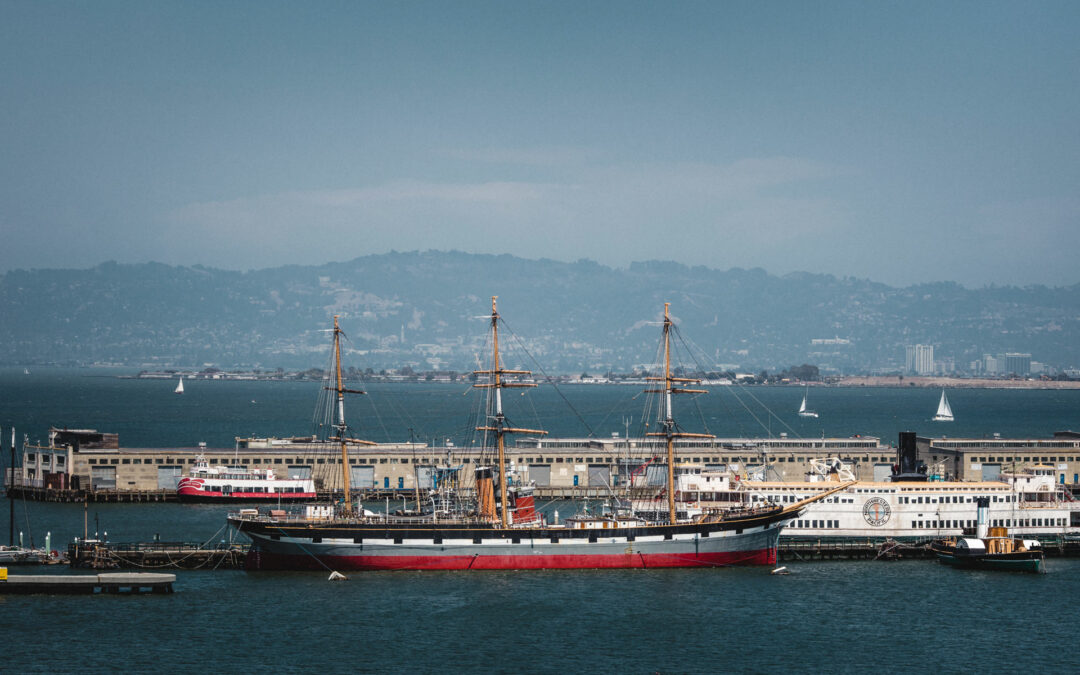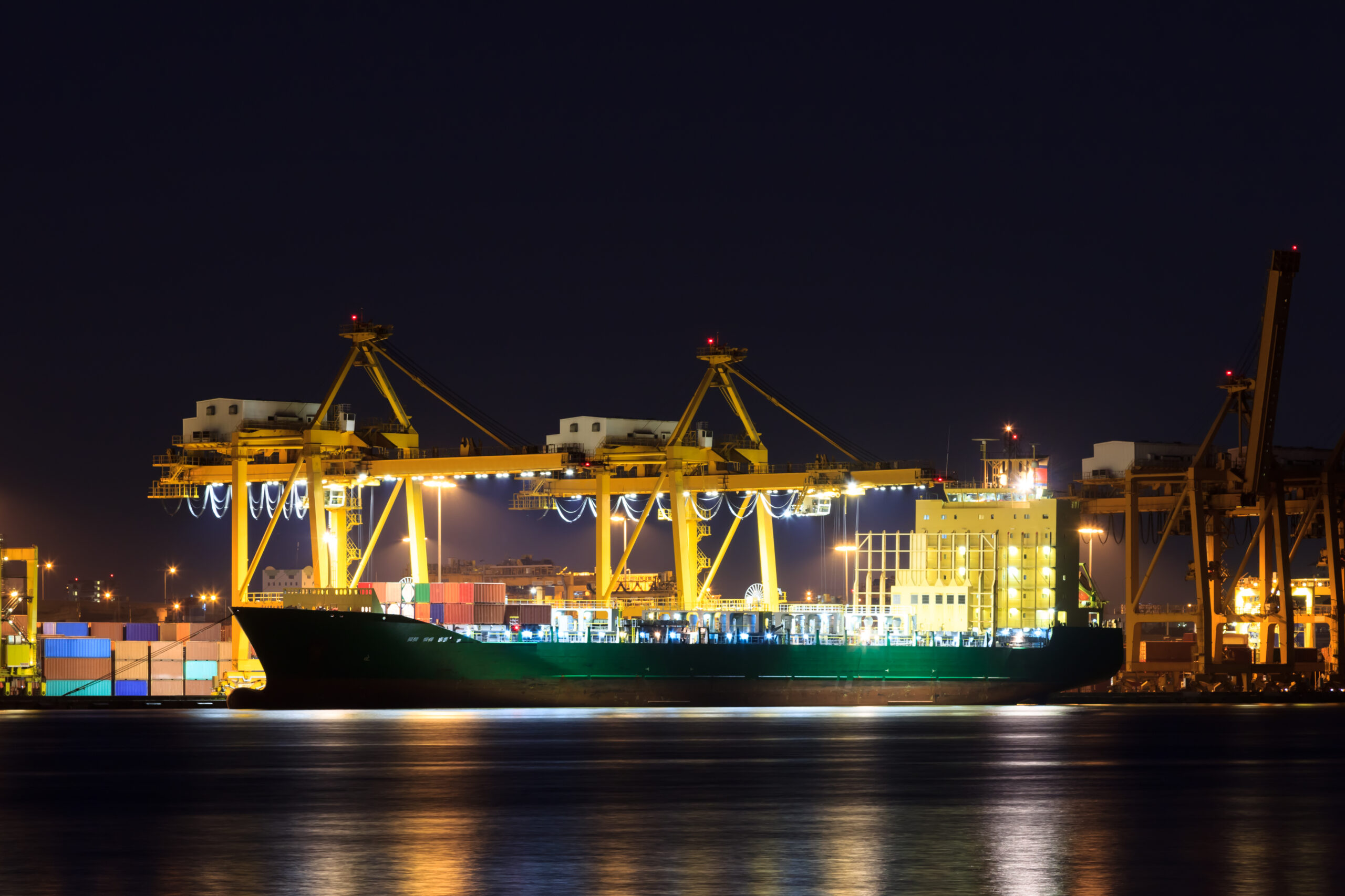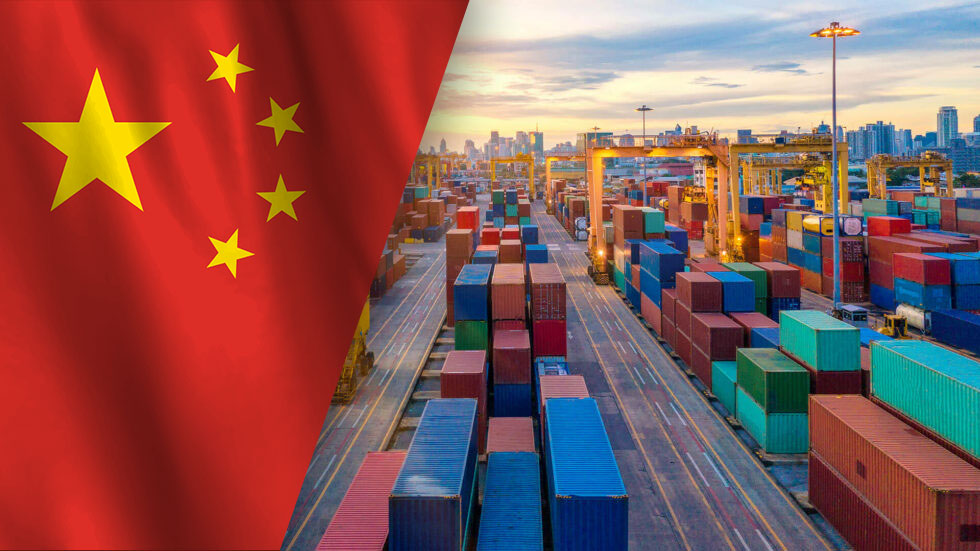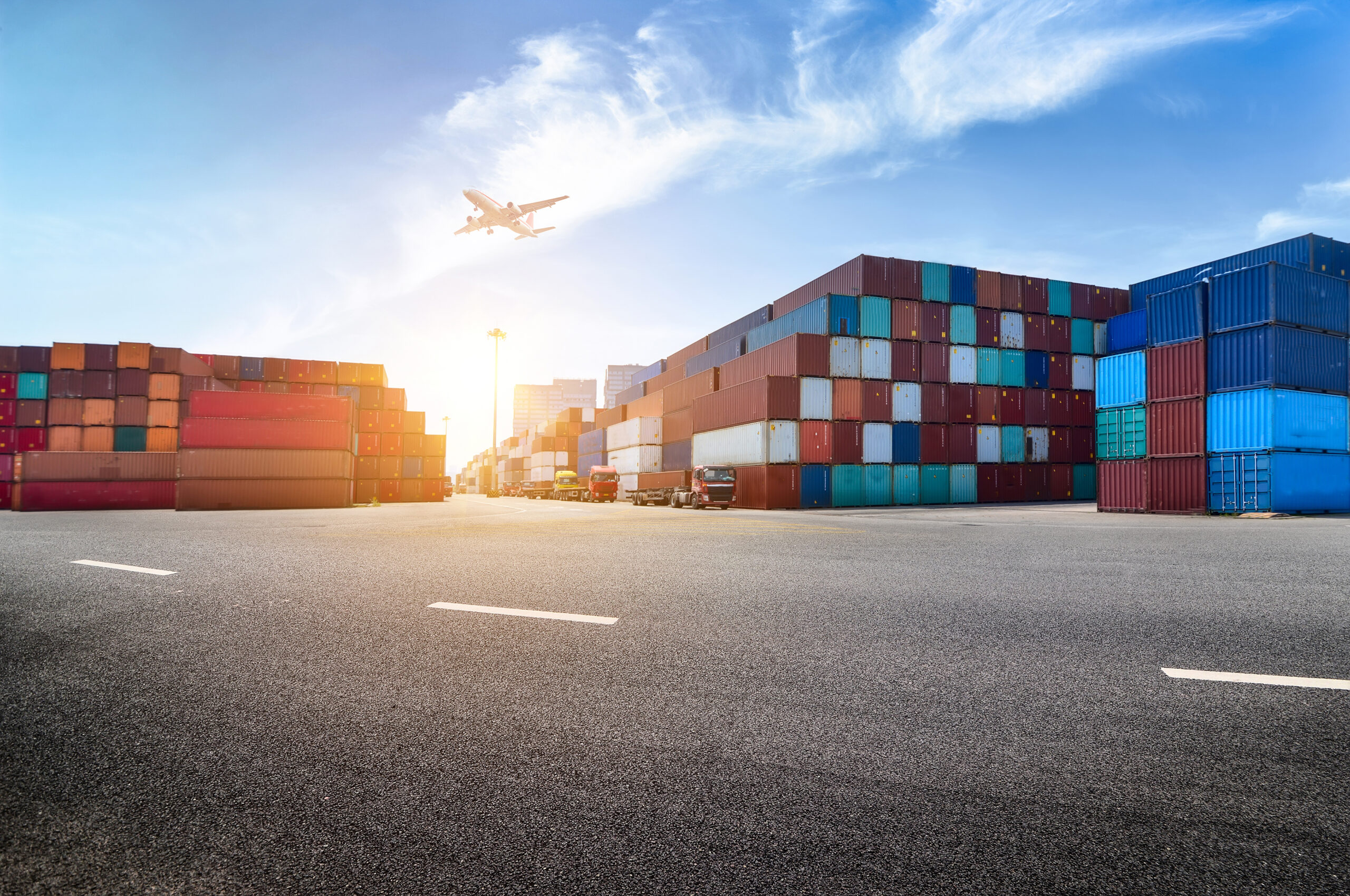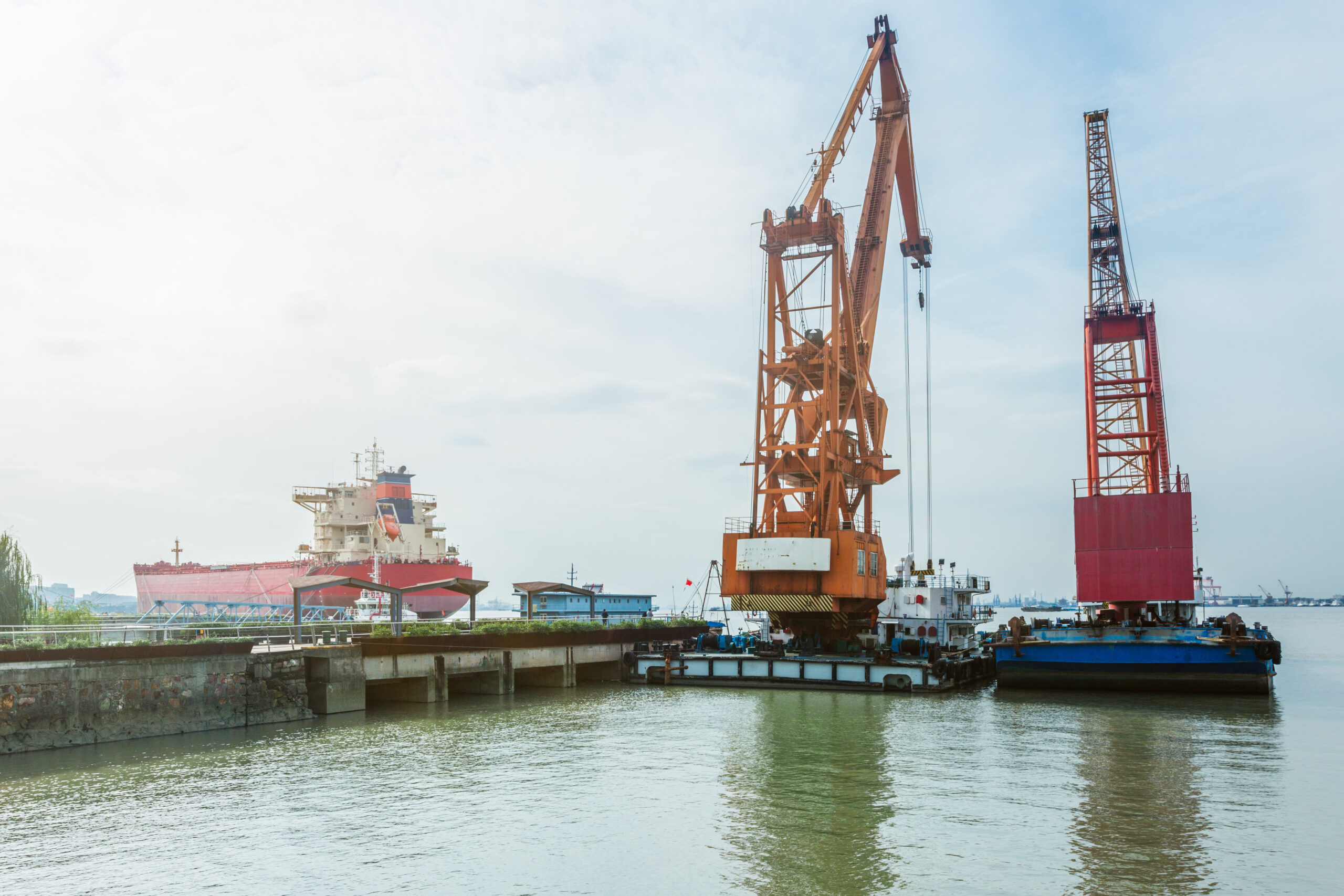This week:
- Analysts mull the impact of shipping volume growth on stalled trans-Pacific rates
- Shipping rates from India to the US and Europe experience “crazy” increase
- SC Ports clears vessel backlog, forecasts additional delays through November
- US retail group increases import forecast for six straight month
- Port of LA receives $8 million grant to upgrade Port Optimizer technology
Analysts Consider Impact of Volume Growth on Stalled Trans-Pac Rates
Last week, analysts speaking to the Journal of Commerce (JoC) raised questions about a surge in trans-Pacific shipping volumes and its impact on spot rates. The rates surged throughout the first half of 2024, peaking around April, but have steadily declined since then. Meanwhile, shipping volumes continue to rise,
Industry observers question whether the volume growth is due to underlying demand or the result of the logistics decisions made by shippers this year. Carriers may have advanced the trans-Pacific peak season to avoid potential disruptions like dock worker strikes or political changes in a year with a record number of global elections.
Chris Rodgers of S&P Global Market Intelligence told the JoC that he sees the volume surge as primarily a logistics issue driven more by risk avoidance than increased underlying demand. Weak global manufacturing and retail numbers support this view. Analyst Joe Monroe agrees, telling the JoC that the peak season appears to have moved up due largely to space issues and industry uncertainty. Rodgers predicts a slowdown in US waterborne imports for the rest of 2024 that will creep into 2025.
Subscribe to JMR’s Weekly Supply Chain Roundup!
Stay informed with the latest supply chain news, trends, and insights. Get it delivered directly to your inbox every week.
Shipping Rates From India to US and Europe See “Crazy” Increase
This month, a severe shortage of vessel space has led ocean carriers departing India to increase their shipping rates dramatically. Spot booking rates from West India to the US East and West coasts have risen 400 to 500 percent in the last week alone, reaching near-record highs.
Rates to the East Coast now hover around $10,000 per FEU, and West Coast rates are slightly higher. The price spikes are not limited to India-America routes, as India-Europe prices have recently increased by double-digit percentages, and upcoming sailings are fully booked. A Mumbai-based forwarder speaking to the JoC on the condition of anonymity described the market situation as “crazy.”
Industry observers also expressed concern that carriers are not honoring bookings from service contract customers, forcing shippers onto the more expensive spot market. Meanwhile, carriers are mostly accepting bookings for lightweight cargo to maximize vessel lifts and are implementing overweight surcharges. This can mean an extra $300 to $500 cost per overweight standard container load.
SC Ports Clears Vessel Backlog, Forecasts Delays Through November
The South Carolina Ports Authority (SC Ports) has cleared its backlog of container ships, which ranged from 15 to 20 vessels in recent weeks. However, some delays are expected due to ongoing construction at the Wando Welch Terminal. The terminal will operate at reduced capacity through November, with two berths instead of three.
The construction, which can cause a delay of up to 48 hours for ships entering the port in August, involves building a toe wall to maintain the harbor depth for ultra-large container ships. SC Ports is working with ocean carriers and customers to minimize disruptions.
The Hugh K. Leatherman terminal is expected to open before the end of 2024, potentially adding a third berth capable of handling ultra-large vessels. This would further reduce congestion, but SC Ports has not yet set a date for Leatherman’s reopening.
US Retail Group NRF Upgrades Import Forecast for Sixth Straight Month
On July 9, the National Retail Federation (NRF) raised its forecast for containerized imports for the sixth consecutive month. The NRF, a major US retail group, cited strong sales and an early peak shipping season for the continued peak.
The announcement comes as US consumer spending remains robust despite rising prices and supply chain challenges. The NRF expects July imports to increase 15.5% over July 2023. The group also forecast imports to grow 13.5% in August, with a 3.5% rise in September.
Although the NRF forecasts an import decline in October, it forecasts a 3.5% increase in November.
Port of Los Angeles Set to Upgrade Port Optimizer Technology
In a July 16 press release, the Port of Los Angeles announced plans to upgrade its Port Optimizer technology. The improvements will be funded by an $8 million grant recently awarded to the port by the State of California. The funds will be used to develop a new mobile app called CalPorts that promises increased visibility on container movement and an enhanced truck appointment system powered by artificial intelligence.
The Port Optimizer has been available to stakeholders since 2017 and provides up to 40 days of advanced visibility on cargo data. The new CalPorts mobile app will connect to California’s Department of Transportation Freight Logistics Operations Work program.
The planned app includes an improved truck appointment system that combines the port’s existing systems for real-time container tracking and transparent cross-terminal scheduling. The app may also integrate with the Port of Long Beach’s trucking appointment system in a future version.
